.....Read More
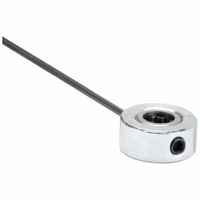
Anti-Windmilling Brakes
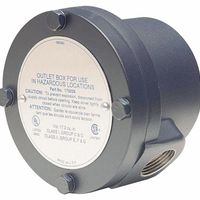
Motor Accessories

Motor Commutator Maintenance Products

Motor Conduit Boxes

Motor Power Cord Sets
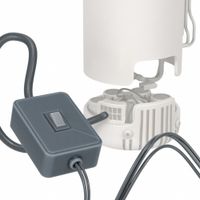
Motor Programming & Diagnostic Tools

Motor Rain & Drip Covers
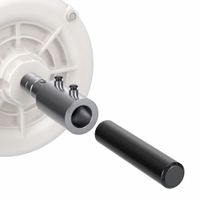
Motor Shaft Adapters & Extenders
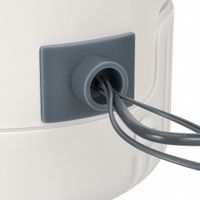
Motor Wiring Harnesses
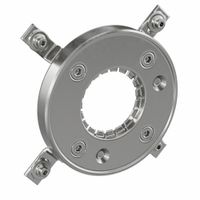
Shaft Grounding Rings
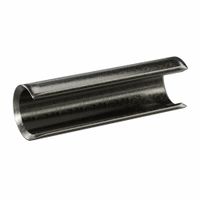
Shaft & Reducing Bushings

Stepper Motor Accessories

Vector Motor Brakes & Encoders
Frequently Asked Questions
What are the essential motor maintenance accessories for HVAC systems?
How do I choose the right motor repair kit for my machine tool?
What are the benefits of using motor maintenance accessories?
How often should motor maintenance accessories be replaced?
What tools are needed for motor maintenance and repair?
Can motor maintenance accessories improve energy efficiency?
How do I install motor maintenance accessories correctly?
What are common signs that a motor needs maintenance or repair?
Are there universal motor maintenance accessories for different motor types?
How can I extend the life of my motor with maintenance accessories?